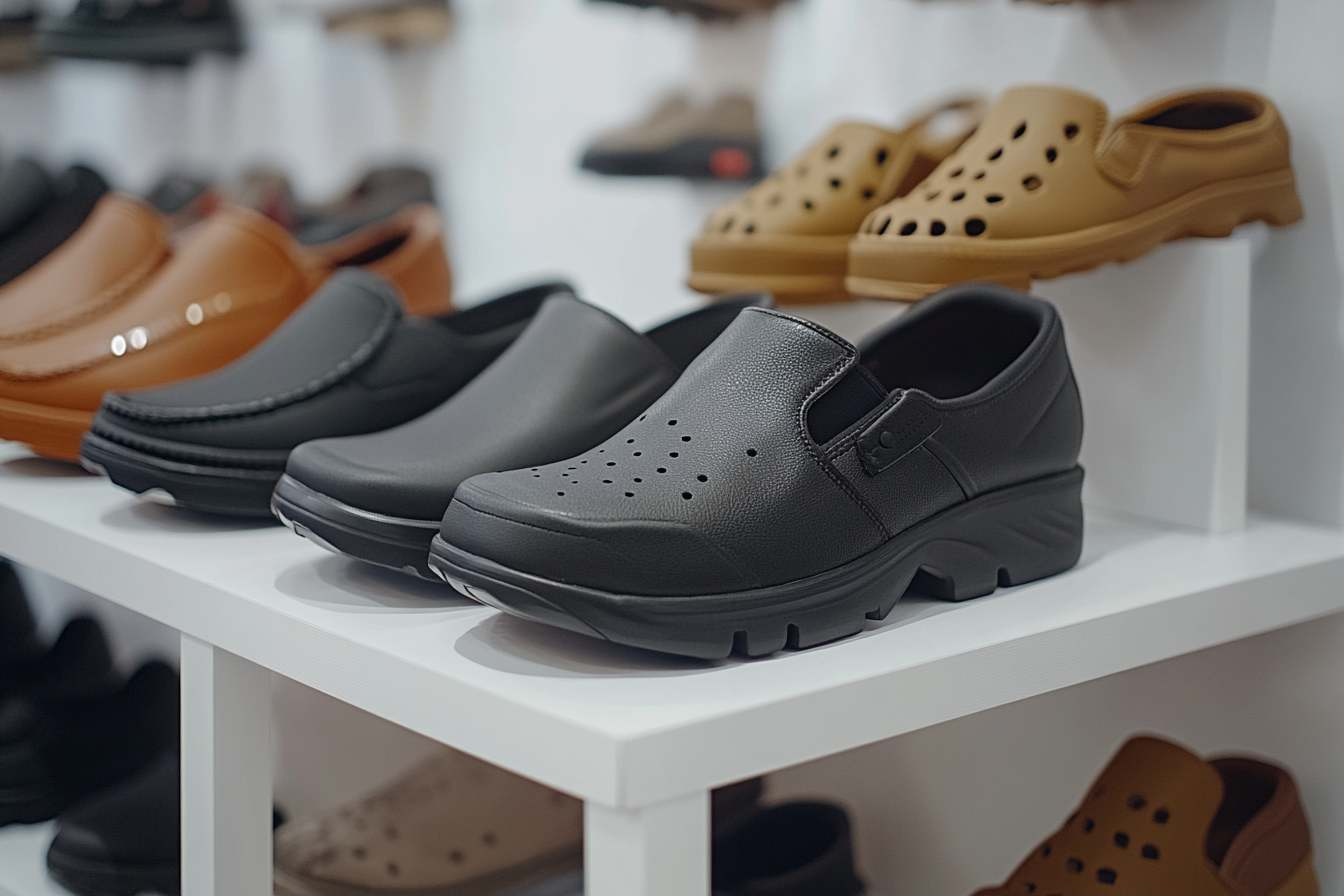Bass Tender 10.2: Compact Fishing Tender — Overview, Specs, Performance and Care
The Bass Tender 10.2 is a compact fishing tender designed for anglers who value portability, ease of use, and reliable performance on calm waters. Whether you fish from a larger vessel, explore shallow inlets, or navigate tight marina spaces, this lightweight tender offers practical solutions for accessing remote fishing spots. Understanding its specifications, handling characteristics, and maintenance requirements helps ensure long-term enjoyment and safe operation on the water.

The Bass Tender 10.2 serves as a versatile solution for recreational anglers seeking a portable and manageable fishing platform. Its compact dimensions make it easy to transport, launch, and store, while its design prioritizes stability and functionality for light fishing duties. This overview examines the technical details, construction, performance traits, care routines, and buying factors that define the Bass Tender 10.2 experience.
Key features and technical specifications of the Bass Tender 10.2
The Bass Tender 10.2 measures approximately 10 feet 2 inches in length, with a beam typically around 4 to 5 feet, depending on the specific model variant. Its hull is constructed from rotomolded polyethylene, a durable and impact-resistant material that withstands abrasion from rocky shorelines and UV exposure. The boat weighs roughly 90 to 110 pounds when empty, allowing one or two people to lift and transport it without specialized equipment.
Standard features include molded-in seats, a flat deck area for standing or casting, and integrated rod holders. Some versions incorporate storage compartments beneath seats or in the bow, providing space for tackle boxes, safety gear, and personal items. The transom is rated for small outboard motors, typically up to 5 horsepower, though many users also operate the tender with electric trolling motors or oars. Drainage plugs and scuppers help manage water ingress, while grab handles along the gunwales assist with boarding and maneuvering.
Maximum capacity ratings generally allow for two adults or a combined weight limit of approximately 400 to 500 pounds, including passengers, motor, fuel, and gear. These specifications make the Bass Tender 10.2 suitable for solo fishing trips or tandem outings in protected waters such as lakes, ponds, slow-moving rivers, and calm coastal bays.
Design, materials and onboard layout
Rotomolded polyethylene construction offers several advantages for small tenders. The material resists cracking, does not require gelcoat maintenance, and tolerates minor impacts without permanent damage. The seamless molding process eliminates joints and seams that could leak over time, contributing to long-term durability and reduced maintenance.
The onboard layout prioritizes simplicity and accessibility. Molded seats provide basic comfort and are positioned to distribute weight evenly across the hull. The flat deck allows anglers to move around safely, though the limited beam requires careful weight shifts to maintain stability. Rod holders are strategically placed within easy reach, and some models include a small livewell or bait tank for keeping catch fresh during short outings.
The transom design accommodates clamp-on outboard motors or electric motor mounts, with reinforced attachment points to handle engine weight and thrust. The bow often features a towing eye or cleat for securing the tender to a dock or larger vessel. Non-skid surfaces on the deck reduce the risk of slipping when wet, enhancing safety during boarding and casting.
Performance, handling and capacity (motor options, load limits, stability)
Performance characteristics of the Bass Tender 10.2 depend heavily on motor choice and load distribution. With a small 2 to 5 horsepower outboard, the tender can reach speeds of 5 to 10 miles per hour, sufficient for covering short distances and repositioning quickly between fishing spots. Electric trolling motors provide quieter operation and better control in shallow or weedy areas, though at slower speeds.
Handling is straightforward in calm conditions, with the flat-bottomed hull offering good initial stability for casting and moving around the deck. However, the compact size and relatively narrow beam mean the tender is sensitive to weight shifts and can feel tippy in choppy water or when passengers stand near the gunwales. Proper weight distribution is essential: keeping heavy items low and centered improves balance and reduces the risk of capsizing.
Load limits must be respected to maintain safe operation. Exceeding the recommended capacity compromises freeboard, increases the likelihood of swamping in waves, and reduces maneuverability. When planning trips, account for the combined weight of passengers, motor, fuel, coolers, tackle, and safety equipment. In windy or rough conditions, reduce the load and avoid venturing into open or exposed waters.
Routine maintenance, cleaning, storage and safety checks
Regular maintenance extends the lifespan of the Bass Tender 10.2 and ensures reliable performance. After each use, rinse the hull, deck, and fittings with fresh water to remove salt, sand, and organic debris. Pay special attention to drainage plugs, scuppers, and motor mounts, where buildup can cause corrosion or blockages. Inspect the hull for cracks, gouges, or UV damage, and repair minor issues promptly using polyethylene-compatible adhesives or patches.
Clean seats and storage compartments periodically to prevent mold and mildew growth. Use mild soap and water, avoiding harsh chemicals that could degrade the plastic. Check rod holders, cleats, and other hardware for tightness and corrosion, tightening or replacing fasteners as needed.
Proper storage protects the tender from environmental damage. Store the boat upside down or on its side to prevent water accumulation and UV exposure. If storing outdoors, use a UV-resistant cover to shield the hull and fittings from sunlight. Indoor storage in a garage or shed is ideal, especially during winter months in cold climates where freeze-thaw cycles can stress materials.
Safety checks before each outing include verifying that the drain plug is securely installed, inspecting the motor mount and fuel system, and confirming that all required safety equipment is onboard. Carry a personal flotation device for each passenger, a throwable flotation device, a whistle or horn, a first aid kit, and a paddle or oars as backup propulsion. Familiarize yourself with local boating regulations and weather forecasts before launching.
Buying considerations, accessories, warranty and fit-for-purpose tips
When considering the Bass Tender 10.2, evaluate your intended use and operating environment. This tender excels in calm, protected waters and is well-suited for solo or tandem fishing trips, short commutes from a larger vessel, or exploring shallow areas inaccessible to larger boats. It is not designed for rough seas, long-distance travel, or heavy loads, so match your expectations to the boat’s capabilities.
Accessories can enhance functionality and comfort. A small outboard motor or electric trolling motor expands range and reduces physical effort. A boat cover protects the tender during transport and storage. Additional rod holders, anchor systems, and cushioned seat pads improve convenience and comfort. A small cooler or dry bag keeps food, drinks, and electronics safe from water.
Warranty terms vary by manufacturer and retailer, but many offer limited warranties covering defects in materials and workmanship for one to three years. Review warranty details carefully, noting coverage exclusions such as damage from misuse, neglect, or unauthorized modifications. Register your tender promptly to activate warranty protection and retain proof of purchase.
Fit-for-purpose tips include practicing basic boat handling in calm conditions before venturing into unfamiliar waters. Learn to distribute weight properly, execute smooth turns, and respond to changing weather. Always wear a personal flotation device, avoid overloading the tender, and stay within sight of shore or your main vessel. Respect local boating regulations, including speed limits, no-wake zones, and restricted areas.
Prices, rates, or cost estimates mentioned in this article are based on the latest available information but may change over time. Independent research is advised before making financial decisions.
The Bass Tender 10.2 offers a practical and affordable entry point for anglers seeking a compact, portable fishing platform. By understanding its specifications, respecting its limitations, and maintaining it properly, owners can enjoy years of reliable service on the water.




